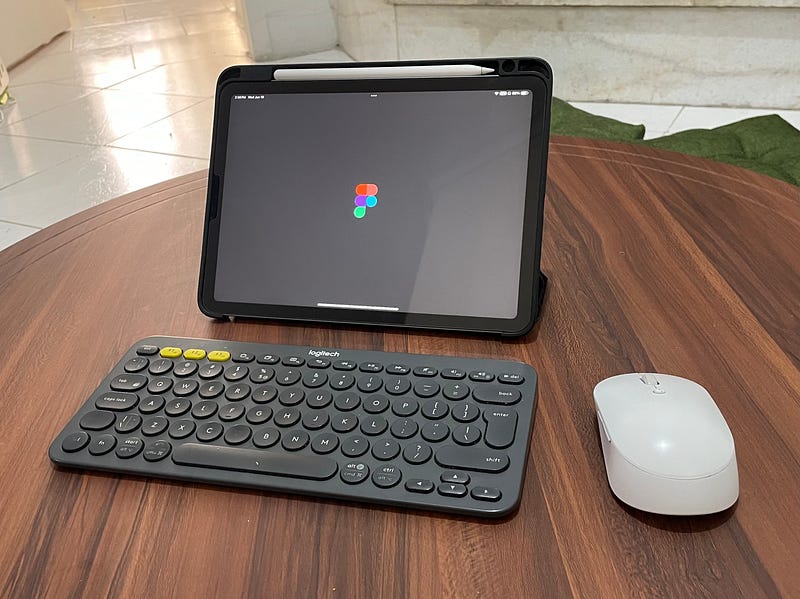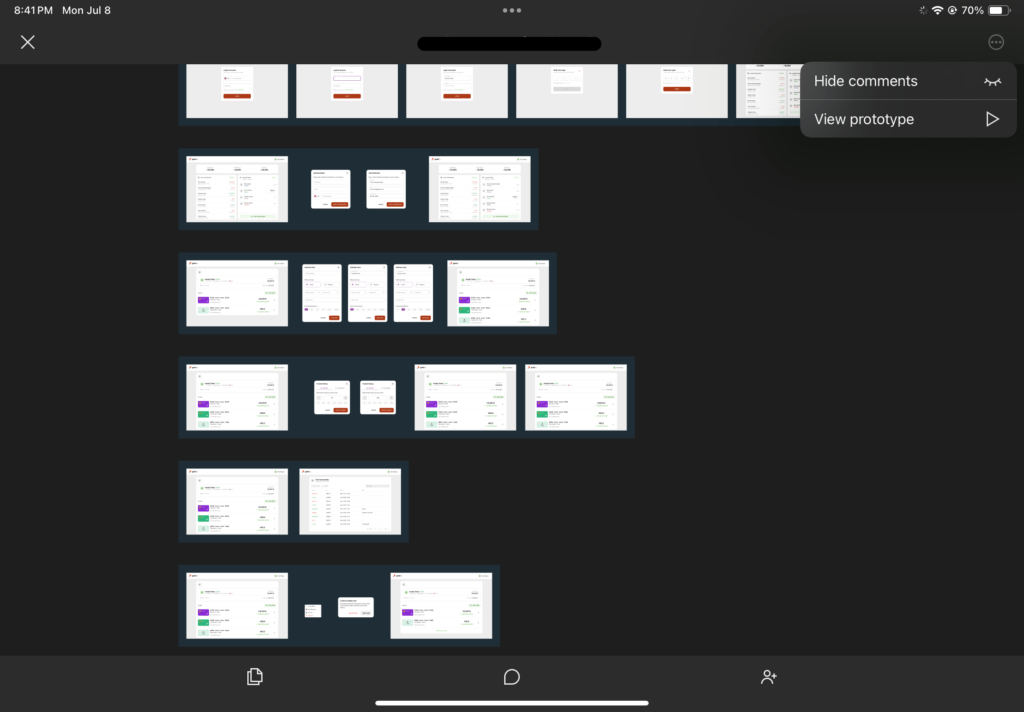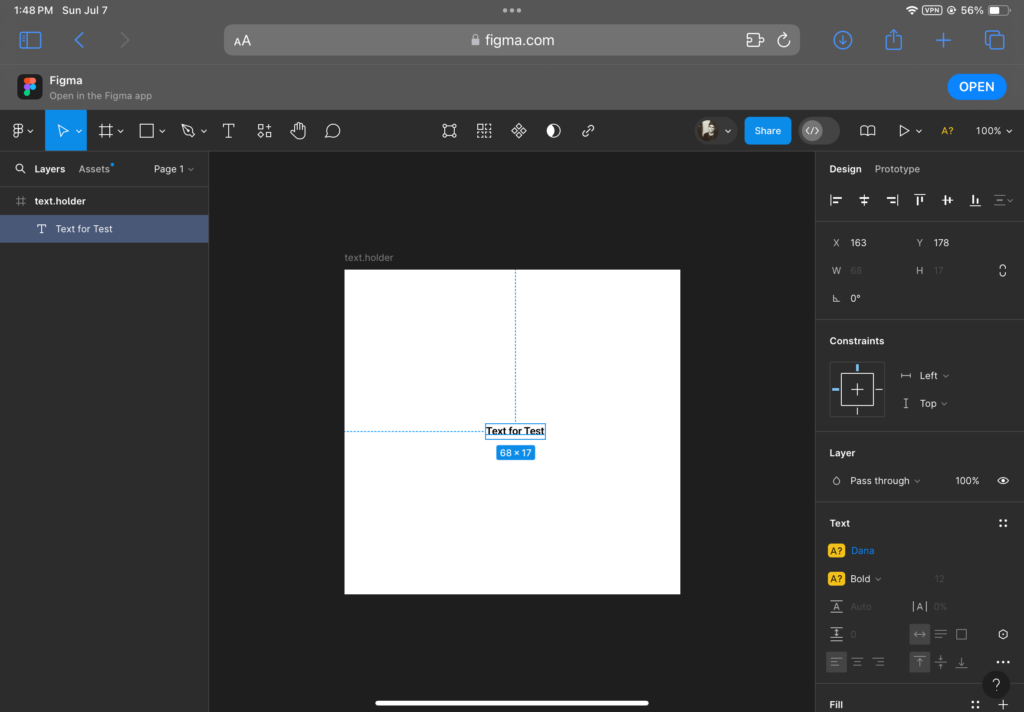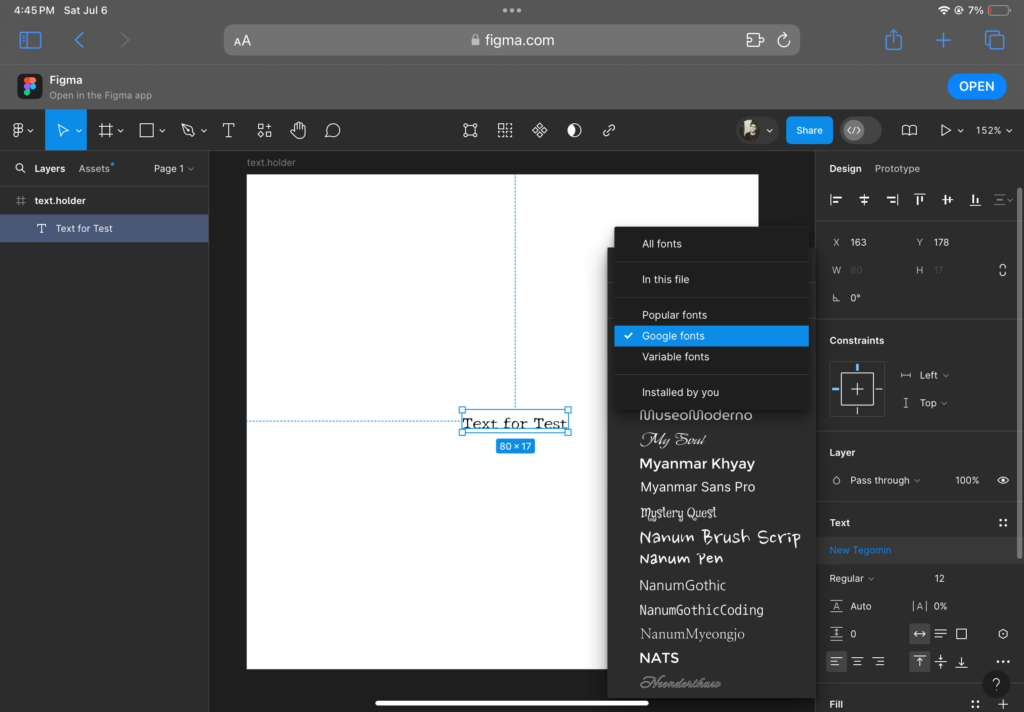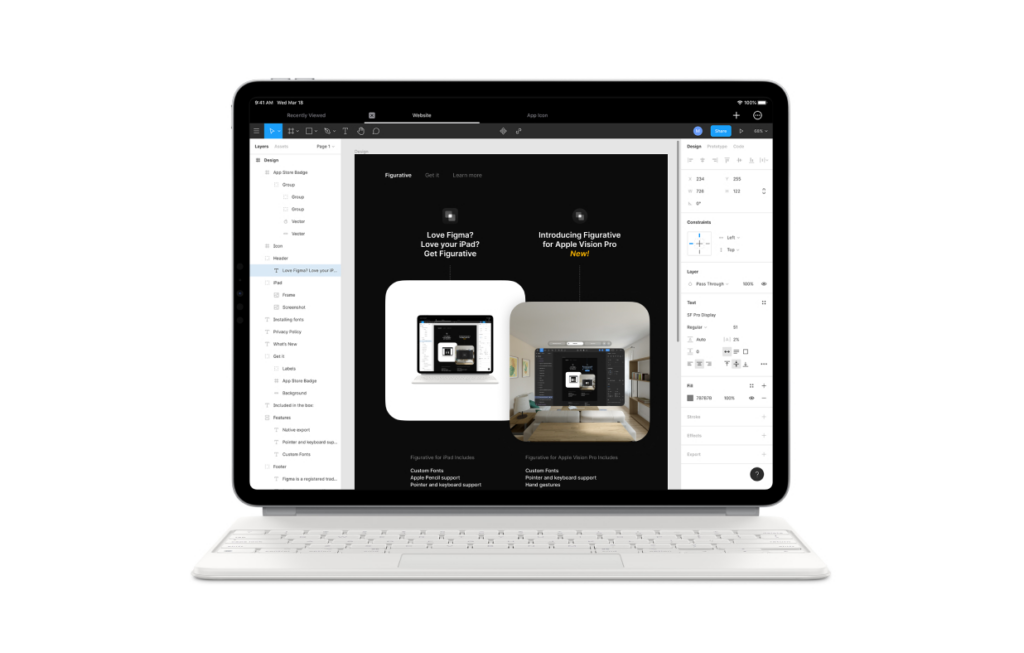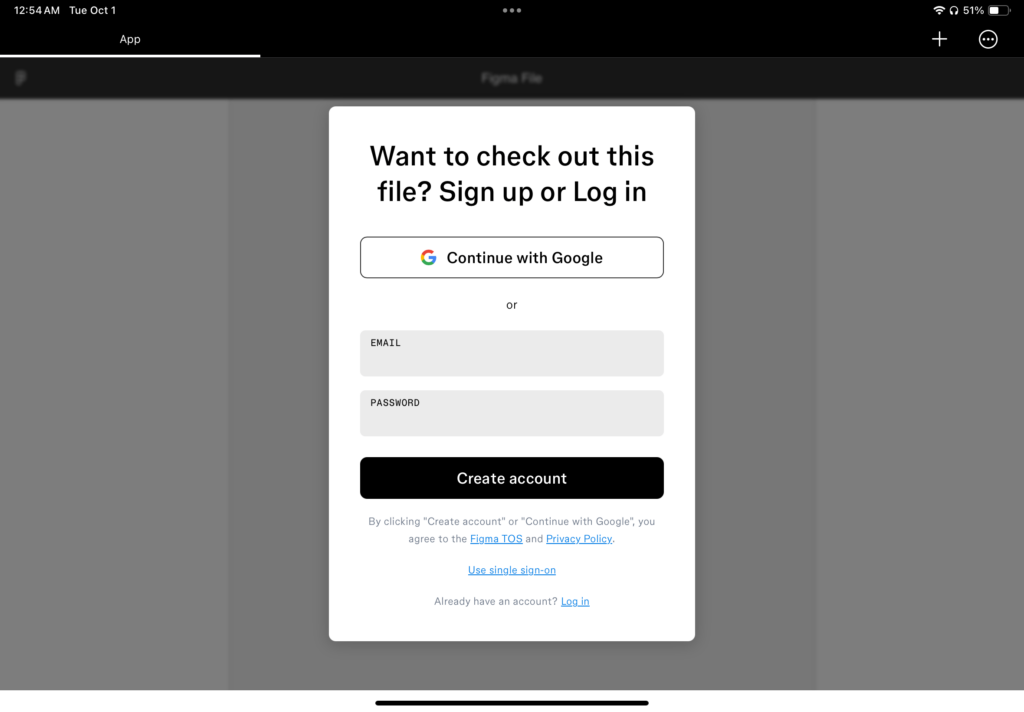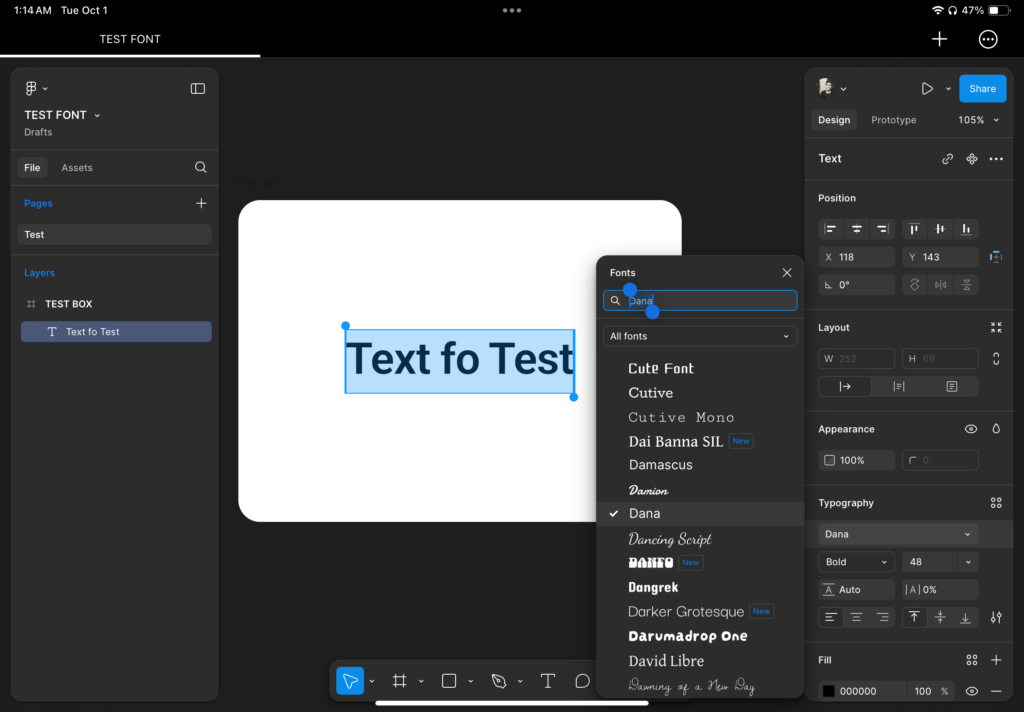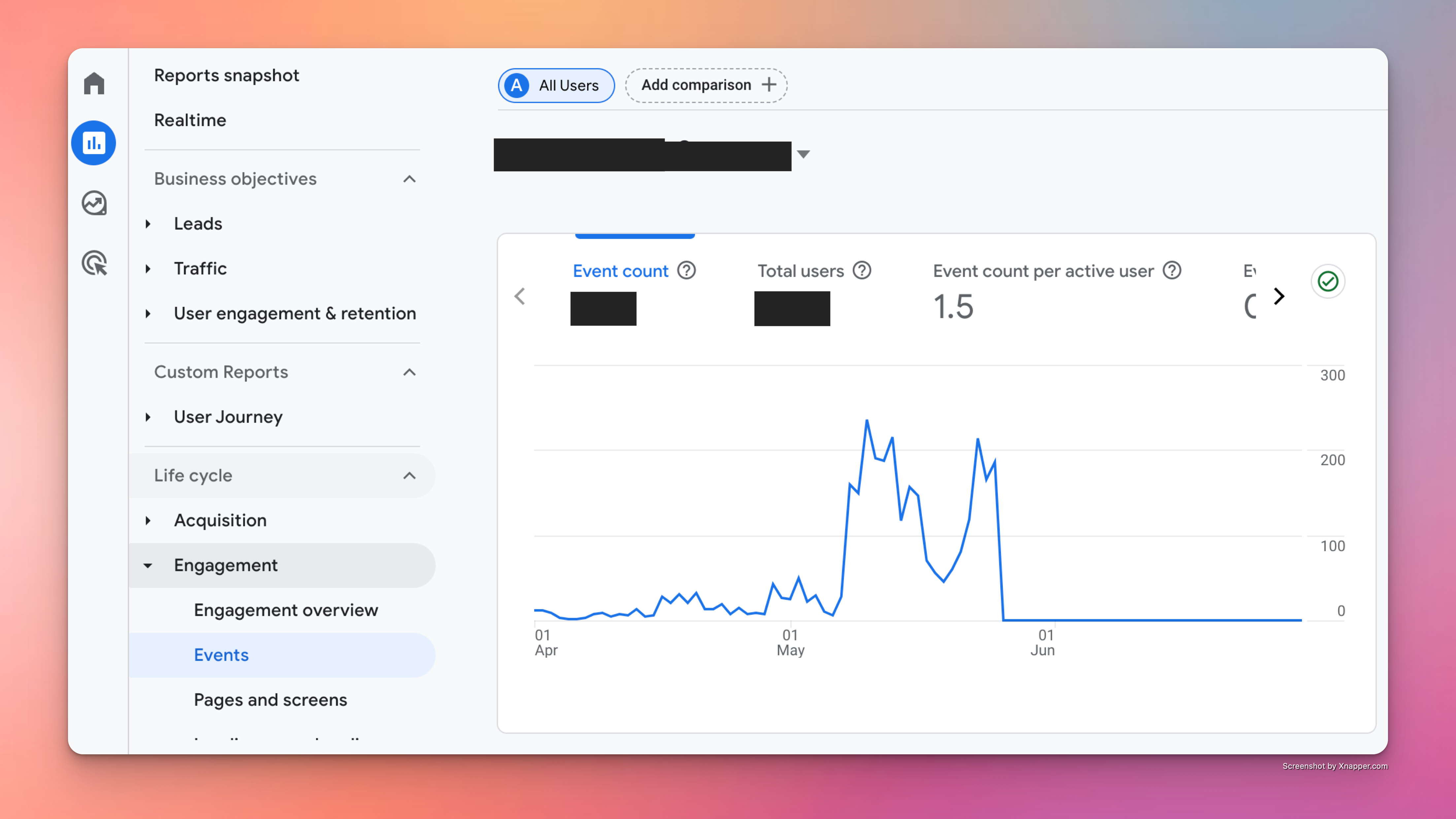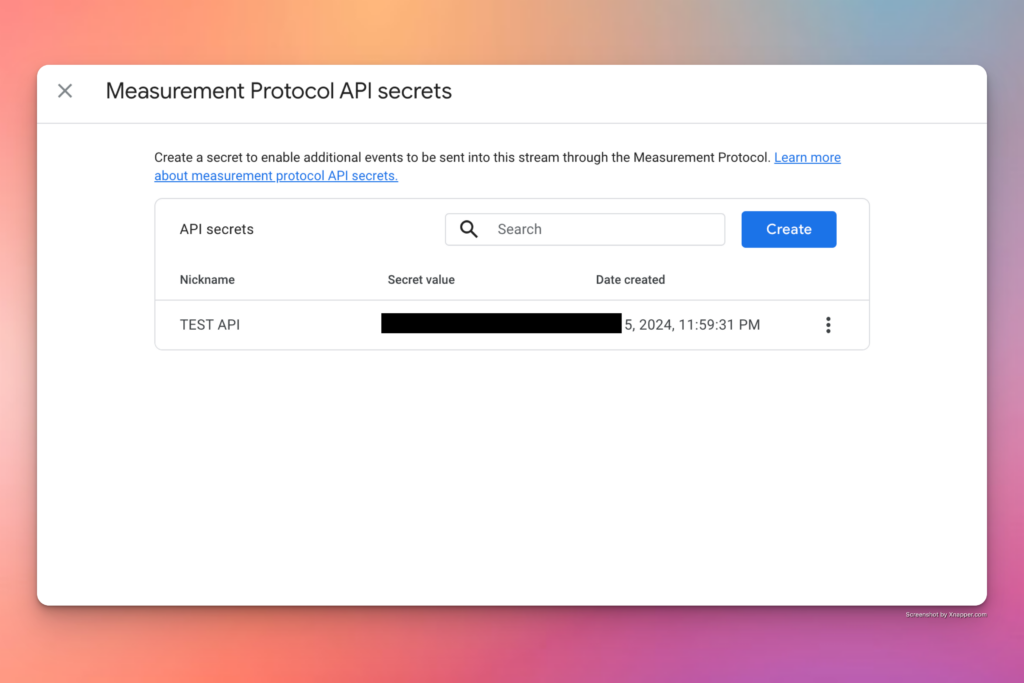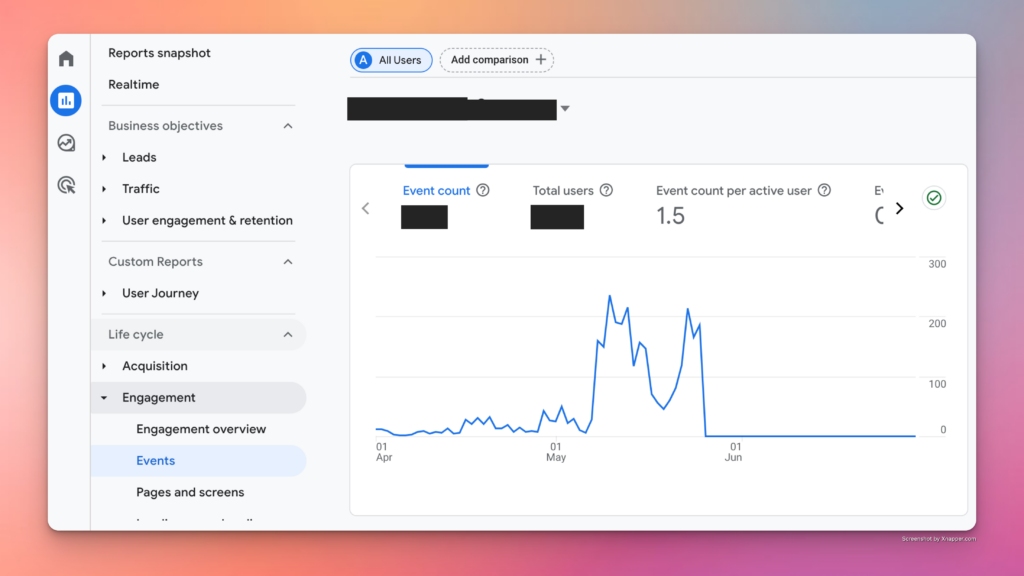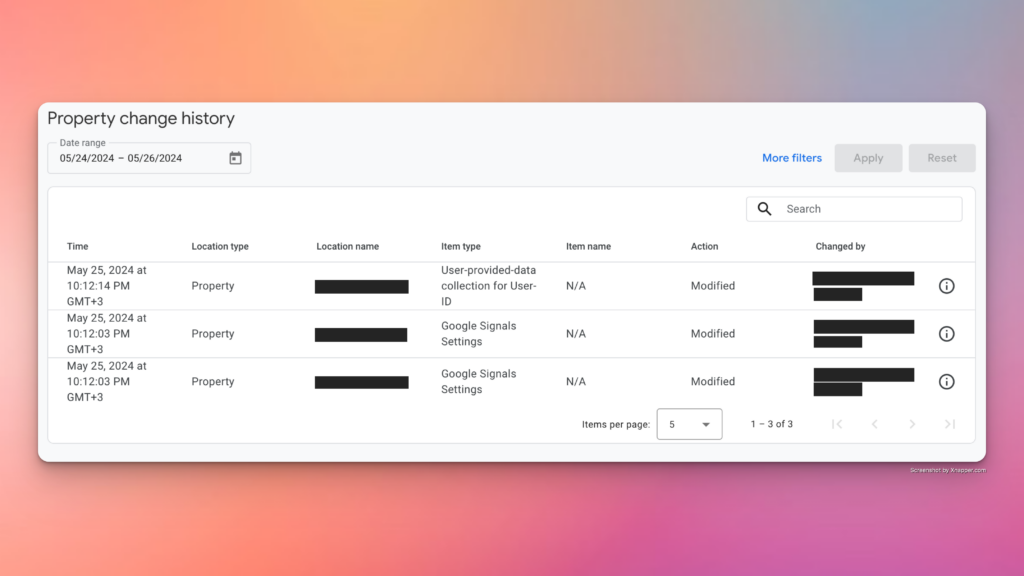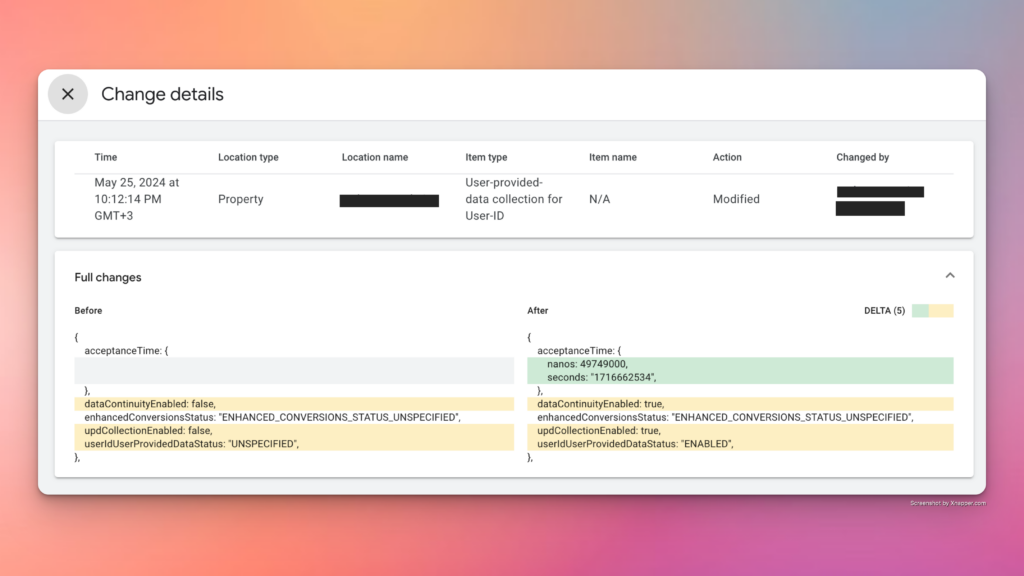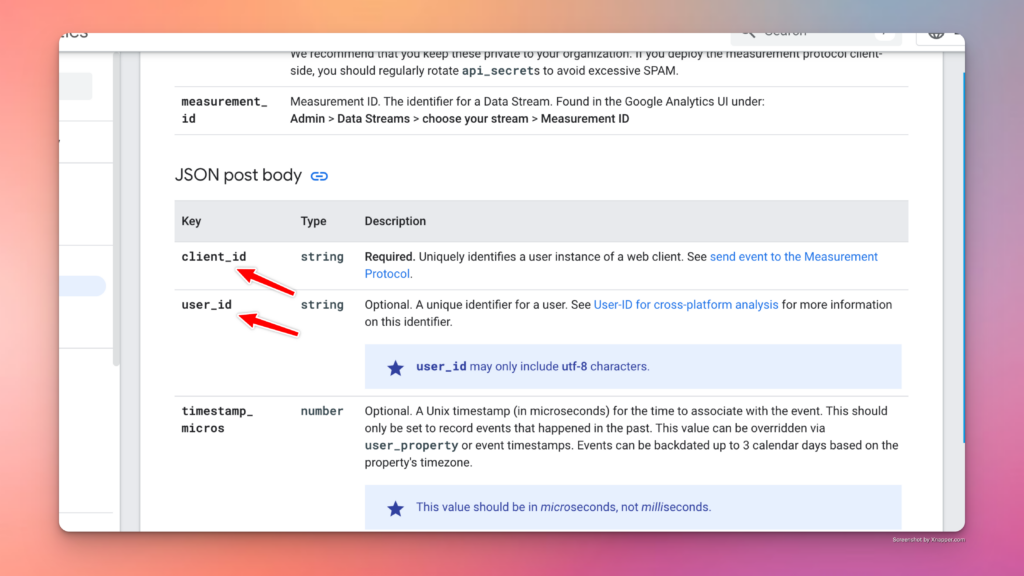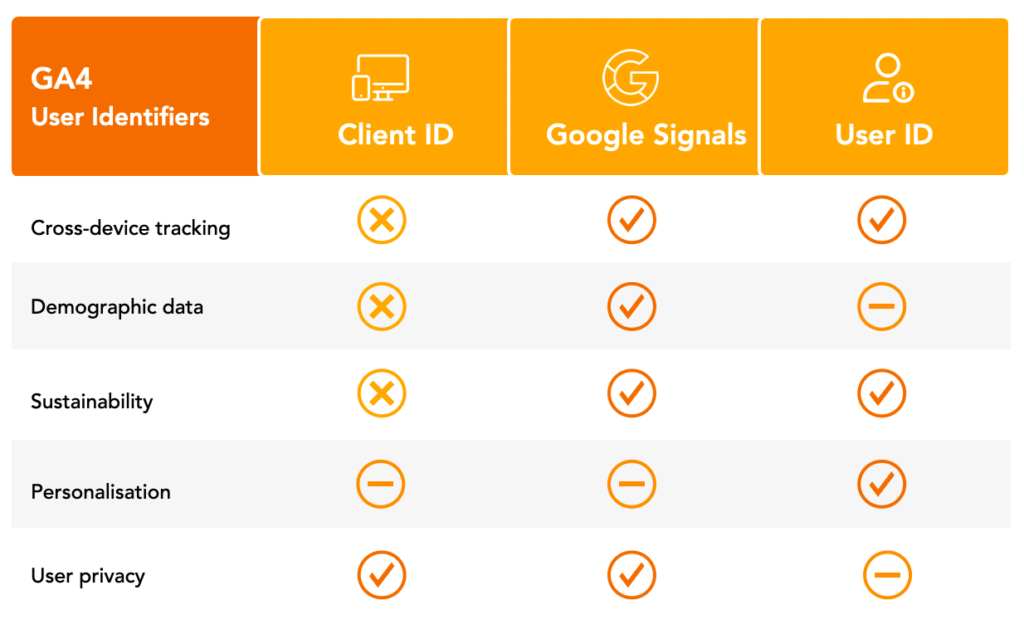
I was talking with my therapist about why I can’t get my things done and always feel behind in my life. I started by talking about my ADHD and some of its related characteristics, like Black-and-white thinking, all-or-nothing thinking, and so on. So I was explaining myself and my feelings, which is why I have a roller-coaster feeling about productivity. Sometimes, I’m very productive, and other times, I’m very useless.
This makes my life very frustrating. I know the reality of life; for example, there is some difference between expectations and reality. There is an expectation of other people around me, which may mean they will not experience this roller coaster and have more of this straight line in their thoughts.
So she asked, “What is the thing that makes you feel this difference?”
The first thing on my mind was creating an example to explain the process in my mind that will prevent me from doing stuff that I want.
What is the difference here?
In my observation there are two types of people, imagine there is a pail of LEGO blocks without any structure, most people will have a quick thinking about what they want then will start putting blocks without planing about what will come next in details, but for me it will start with looking at the table of blocks for a long time and planing every move (What will be the final shape that will be made? What is the steps? What will take me? What time takes for me? and lots of endless questions…) and at the end, I will have pot of thought without any real result but the other type will have a result which is can be not perfect but at least there is something.
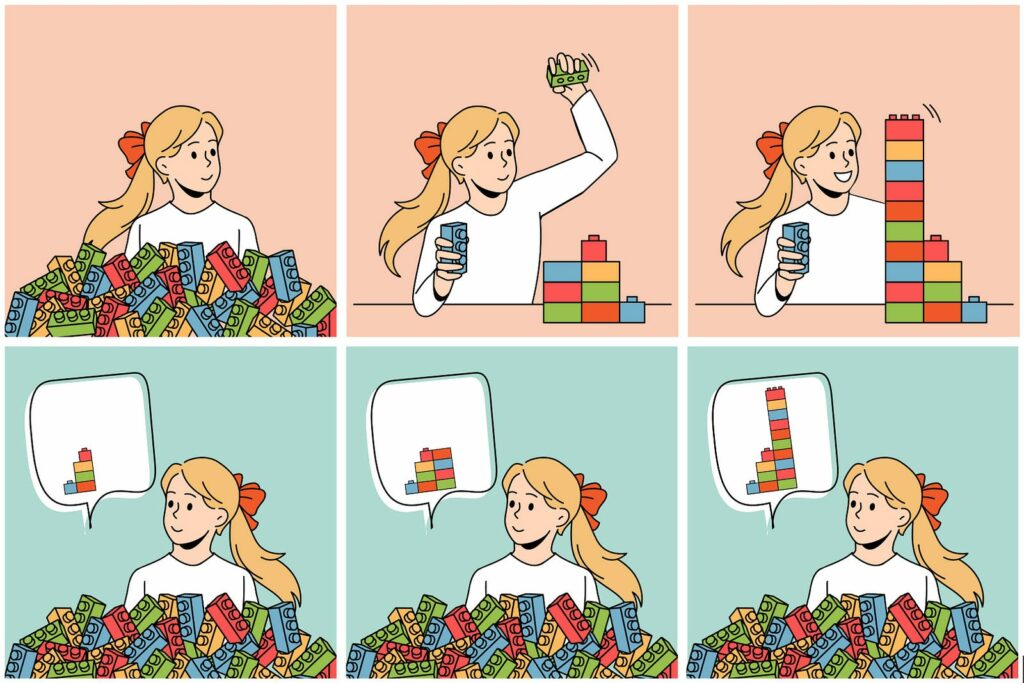
Then I remember a the story in my work, which my mindset with a Whole Picture view alongside an Actionable version mindset of my college made the project go with success because it was balanced, But also there was a project which gone only with action and failed at the end and my mindset picture and failed at the start.
This is very hard to process, which you think about it but you can’t do it very well. For example, I know I must have both these qualities in myself to create a balance. Mosn#1 is the version who sees the whole picture and thinks about every move and overthinks it and sees all or nothing; Mosn#2 is the version who does actions and puts the first block without thinking about the very unknown. But I can’t achieve the #2 version because I don’t know how they do it and what their mindset is.
“Actually, you know their mindset, but you are synced with #1 version, so with more experience on that, you will not get yourself chance for the #1 version” my therapist said at that moment. It was the moment which I realised oh, sh*t maybe there is the exactly my whole picture version seige the actionable version and make it impossible for me, and It’s like (You don’t know every thing about this version, you should know it more, …). So I had all tools and should try the second version by mimicking my college, and try it for a while.
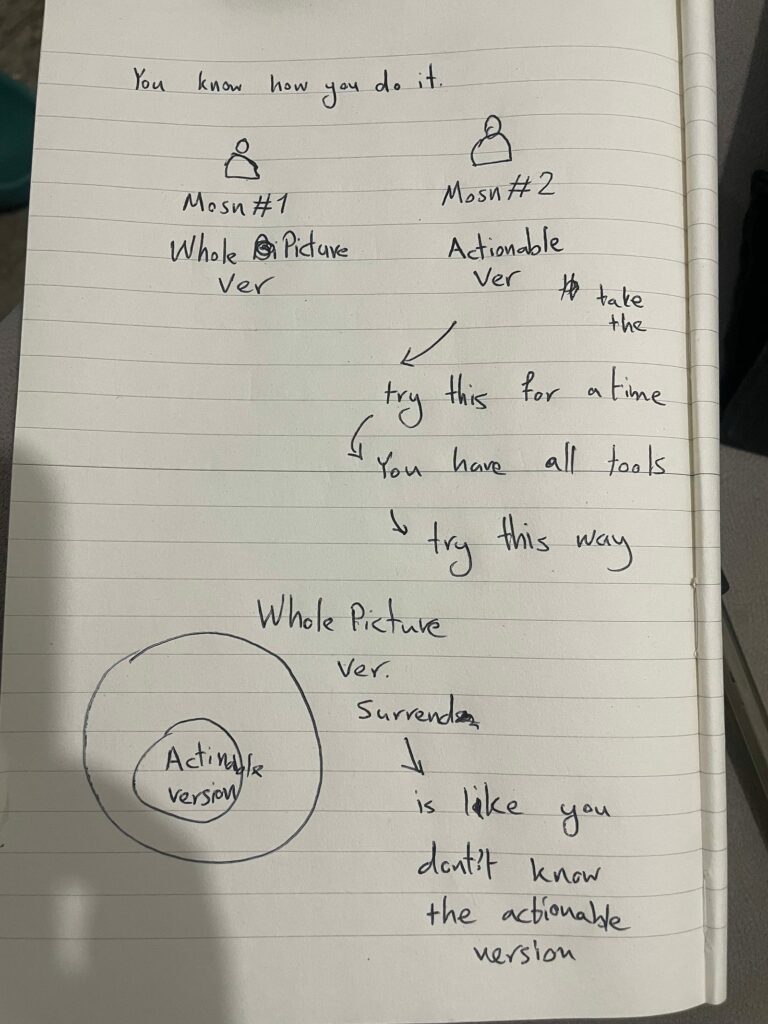
And here we go, this is the first post that I decided to write in this way, and maybe it doesn’t reach my standards 🫠 but at least I did it and I know this is huge step for me.

